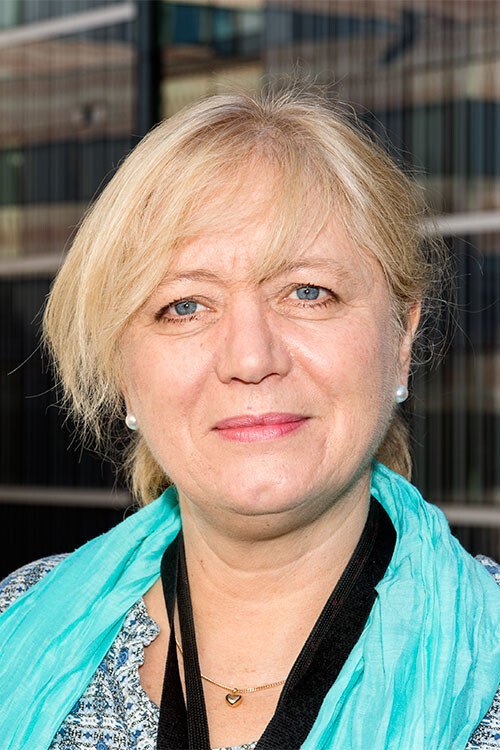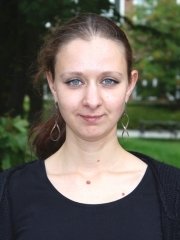Hit-to-lead studies on a novel series of small molecule inhibitors of DHODH
The enzyme dihydroorotate dehydrogenase (DHODH), an essential component for the de novo pyrimidine ribonucleotide biosynthesis, has reemerged in the last few years as a target for the development of small molecules with anticancer and antiviral activity.

In 2018, Sonia Laín’s lab published a comprehensive study on the discovery of a new class of inhibitors of DHODH called the HZ compounds (Ladds et al., 2018, Nature Comms). In collaboration with the Chemical Biology Consortium Sweden and the Drug Discovery and Development Platform at SciLifeLab, the group has now published a paper on the optimization the HZ compounds in the Journal of Medicinal Chemistry.
The new HZ analogues were designed and synthesized based on a metabolic soft spot study. Many of the new compounds showed improved activity in enzymatic assay and on the cell growth/viability of a melanoma cell line and were effective at low nanomolar concentrations. Furthermore, the active compounds were able to activate the transcription factor function of the p53 tumor suppressor in a cancer cell line and had mild effects on human normal fibroblast cells. The specificity of the compounds towards the de novo pyrimidine biosynthesis pathway in cells was demonstrated by standard control experiments for this kind of inhibitors which consist on supplementing the cell culture medium with an excess of uridine in order to boost the pyrimidine ribonucleotide salvage pathway. Based on in vitro metabolic stability and solubility studies as well as on a control kinase screen including more than 400 kinases, the group identified a lead compound for the HZ series.

Also, in a series of experiments aimed at assessing the safety of DHODH inhibitors, the paper presents data indicating that the pharmacological inhibition of DHODH does not cause DNA damage to cells in our experimental conditions.
Our data shows that the best compound from this study has the properties of a lead compound from which a clinical candidate could be developed after further optimization studies.
This study was supported by grants from Cancerfonden, Barncancerfonden, VR, KI and SciLifeLab.
Links
Author: Gergana Popova*, Marcus J. G. W. Ladds Lars Johansson, Aljona Saleh, Johanna Larsson, Lars Sandberg, Sara Häggblad Sahlberg, Weixing Qian, Hjalmar Gullberg, Neeraj Garg, Anna-Lena Gustavsson, Martin Haraldsson, David Lane, Ulrika Yngve, Sonia Lain
